Even though capers are small, they are an important part of many of your favourite dinner dishes. The flavour and health benefits of these tiny bites are much stronger than they look.
Capers taste lemony and salty, so even picky eaters will like them. The way they are packaged affects how they taste, and many of them have a salty taste.
Table of Contents
Capers, which are the unripe flowers of the caper bush and are used in cooking, are usually associated with dishes from the Mediterranean, but they can be grown anywhere from Morocco to Australia. They have been used in cooking for a long time. In fact, the Sumerian Epic of Gilgamesh, which was written around 2000 BC, talks about them.
Capers are not the same as caperberries, which come from the same plant but are bigger and may have seeds. If caper buds are not picked when they are still young, they will turn into caperberries.
What are capers?
Capers are the flower buds of the caper bush before they open. Most people think of them when they hear the word "Mediterranean," but they are now grown in many countries around the world. The Sumerian Epic of Gilgamesh, which was written around 2,000 B.C., talks about them being used as food.
To make the salty green pea-sized ball, the unripe buds must be dried in the sun and then pickled in vinegar, brine, wine, or salt. The curing process brings out its lemony taste, which is similar to that of green olives.
Capers give dishes a burst of flavour. Their texture and tangy flavour make a lot of dishes taste better, like fish, pasta, stews, and sauces. The small capers have a firmer texture and less of a smell than their bigger, more tender and flavorful cousins.
Varieties of capers:
Capers are sold based on how big they are. Buds can be very small (about the size of a green pea) or as big as an olive. In general, the taste and texture of the smallest capers are more delicate. Since a larger caper is more acidic, it is best to use it in small amounts. The smallest kind comes from the south of France and is called French nonpareils. It is the most expensive and prized kind. The slightly bigger Surfines capers are also pretty easy to find. Capucines, capotes, fines and grusas are less common.
Taste of capers:
Capers are salty and tangy like green olives, but they also have a hint of floral tartness. Because they were soaked in brine, they taste very salty and savoury.
How are capers used in cooking?
Capers are often used in Mediterranean cooking, but they are used all over the world. They add a burst of salty, funky, and bright flavour to savoury dishes. For the best taste and texture, add them at the end of cooking, like you would with fresh herbs. Most of the time, capers are served with lemon, which brings out their natural lemon-olive taste. Capers, like pickles or lemon juice, can cut through the richness of high-fat dishes. Mix a few tablespoons of roughly chopped capers into tuna salad or the yolk mixture for deviled eggs. They can also be fried and served as a crunchy, salty garnish, or they can be finely chopped and added to dressings and sauces. Capers are also great with seafood, like lox on a bagel or smoked salmon pasta. The burst of salt and acid goes well with rich fish like salmon.
Health benefits of capers:
- The caper is a flower bud, so it has very few calories. Each 100g of caper has only 23 calories. Still, this spice has a lot of healthy phytonutrients, antioxidants, and vitamins that are important for good health.
- Capers are one of the best sources of rutin (or rutoside) and quercetin, which are flavonoid compounds. In fact, they have the most rutin of any food source, with 332 mg per 100 grammes. Also, capers have 180 mg/100 g of quercetin, which is more than any other food except tea leaf. Both of these substances are very effective antioxidants. Studies show that quercetin can kill bacteria, stop cancer from growing, relieve pain, and stop inflammation.
- Also, rutin stops platelets from sticking together in blood vessels and makes capillaries stronger. So, these things that rutin does help the blood flow through the capillaries. It has been used in some treatments for haemorrhoids and varicose veins that are still in the testing phase. It was also found to lower LDL cholesterol in obese people.
- There are healthy amounts of vitamins like vitamin A, vitamin K, niacin, and riboflavin in the spicy buds. LDL cholesterol can be lowered with niacin.
- Also, there are enough amounts of minerals like calcium, iron, and copper. But the high sodium level is mostly because sea salt (sodium chloride) was added to the brine.

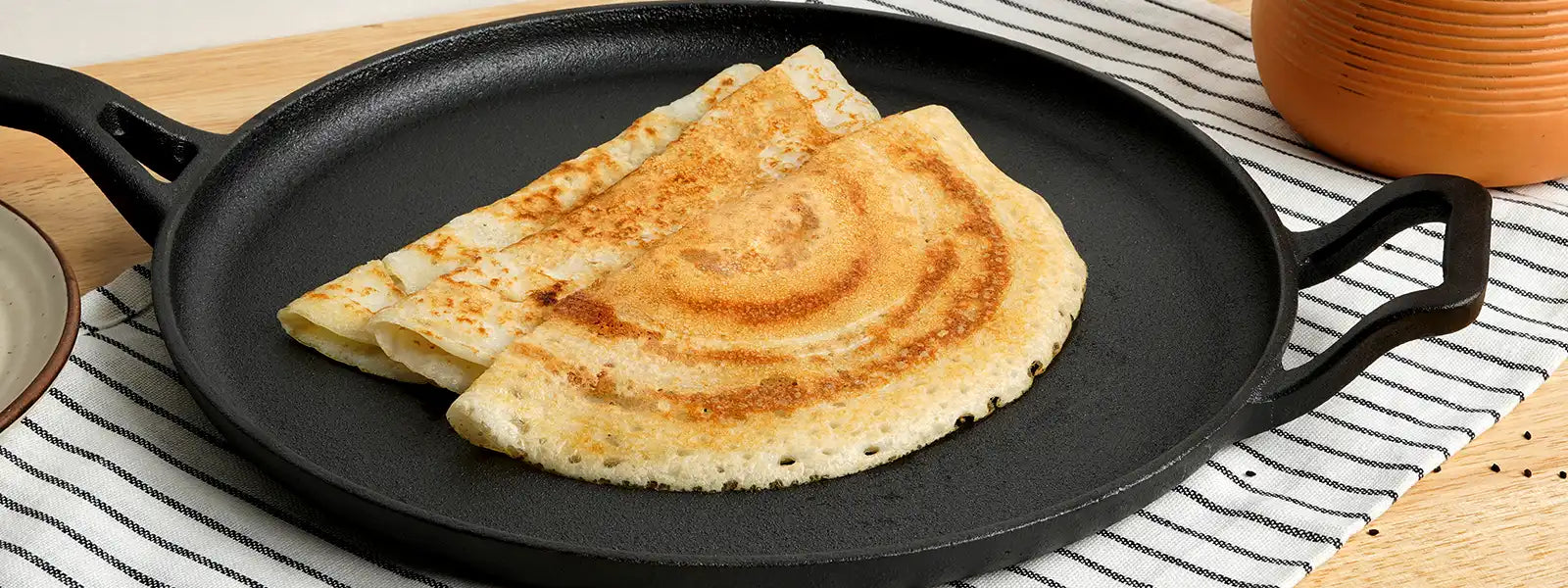
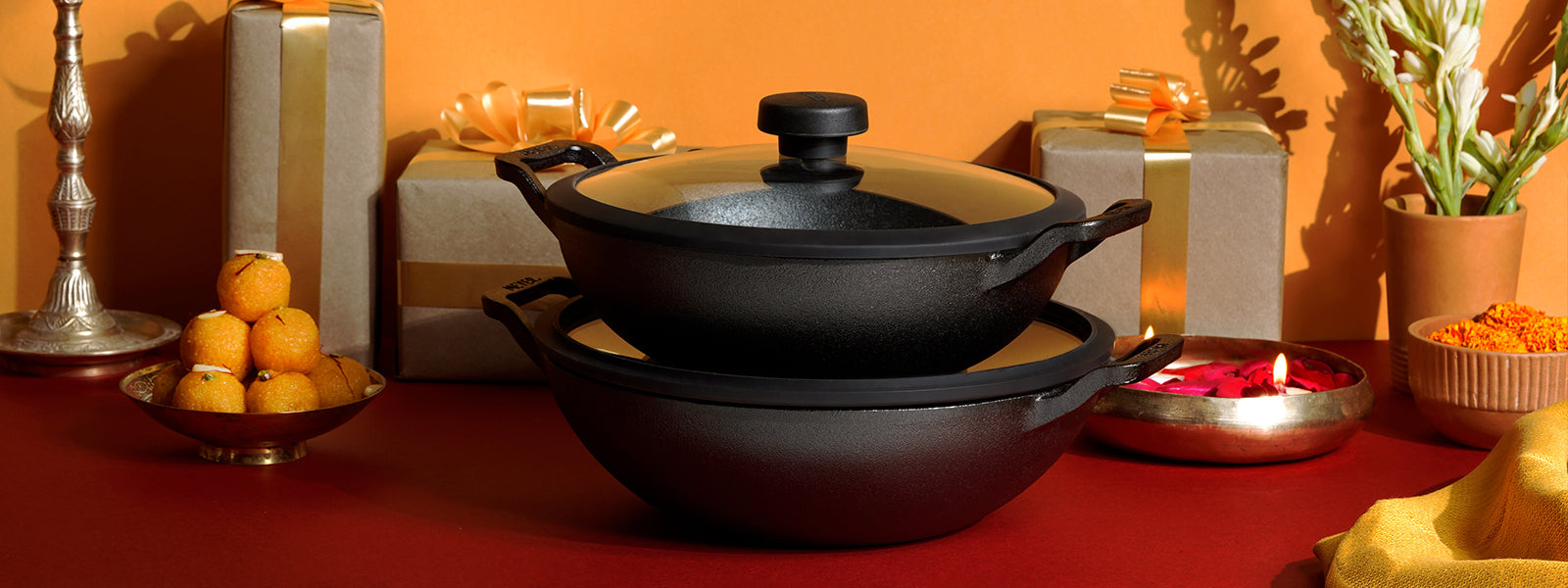
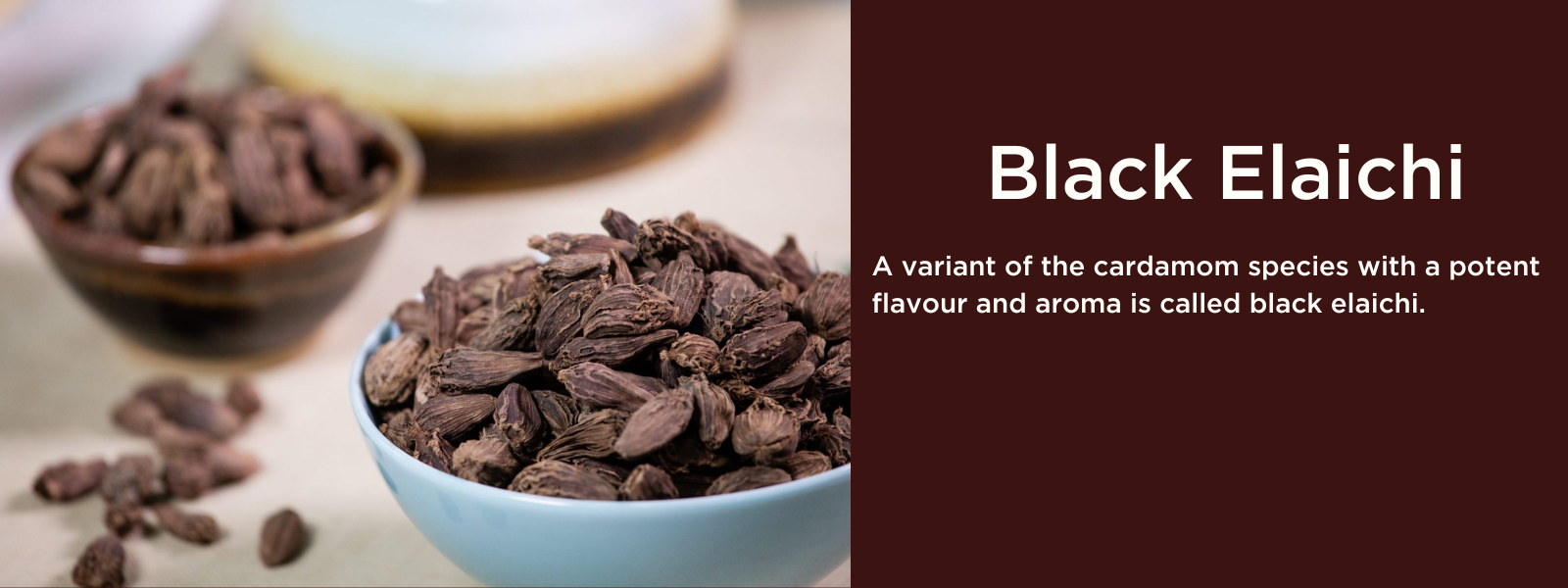
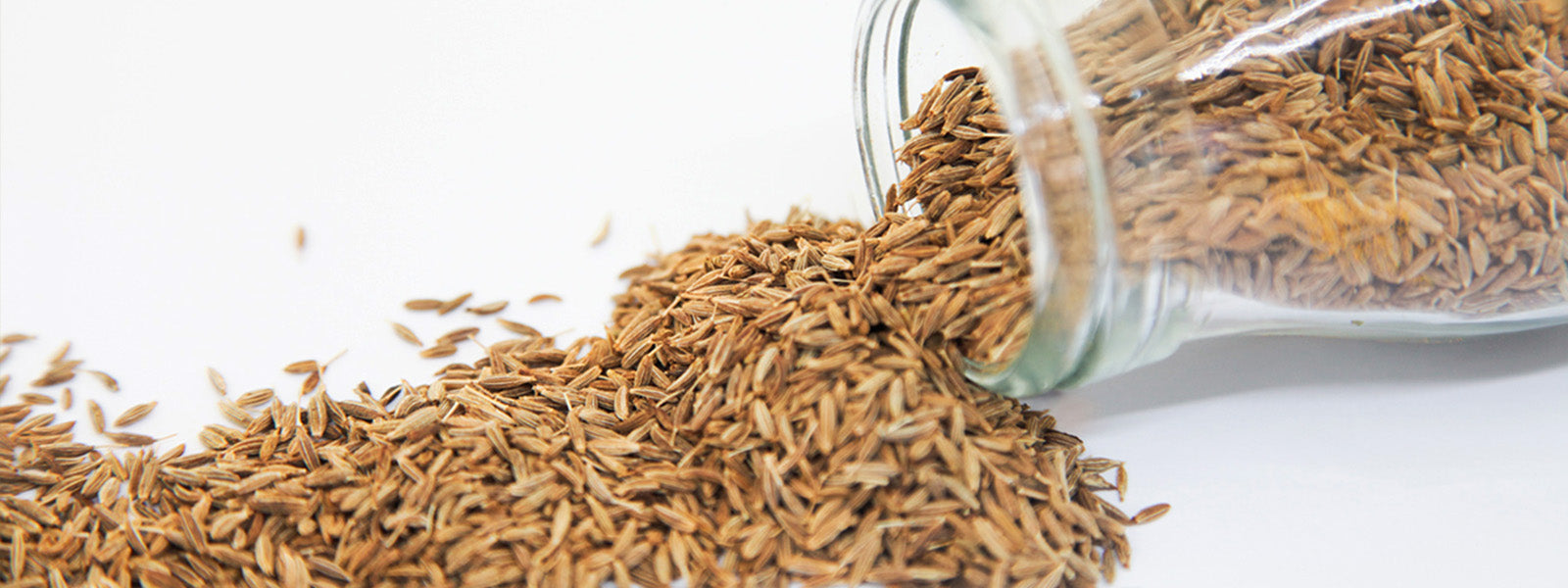
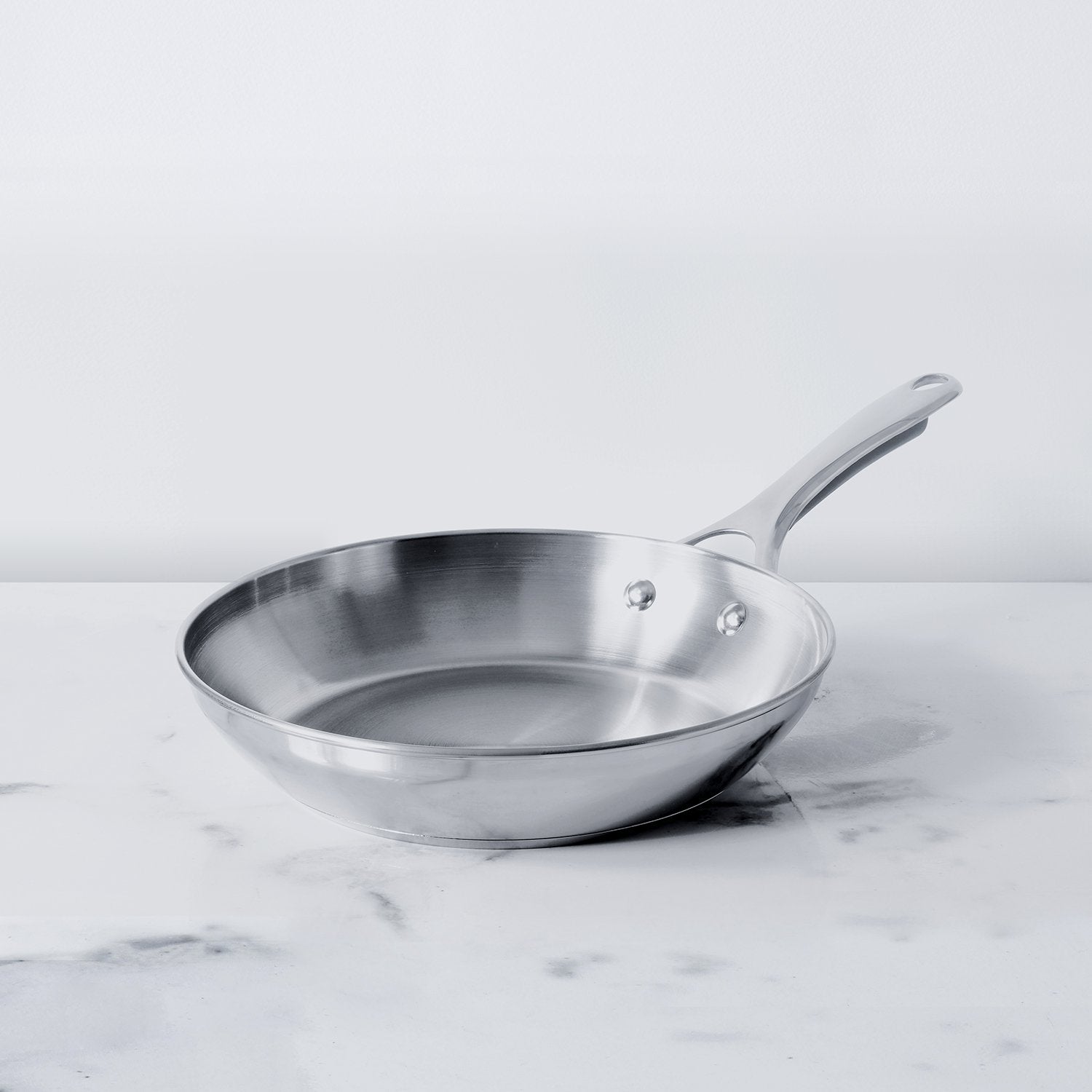
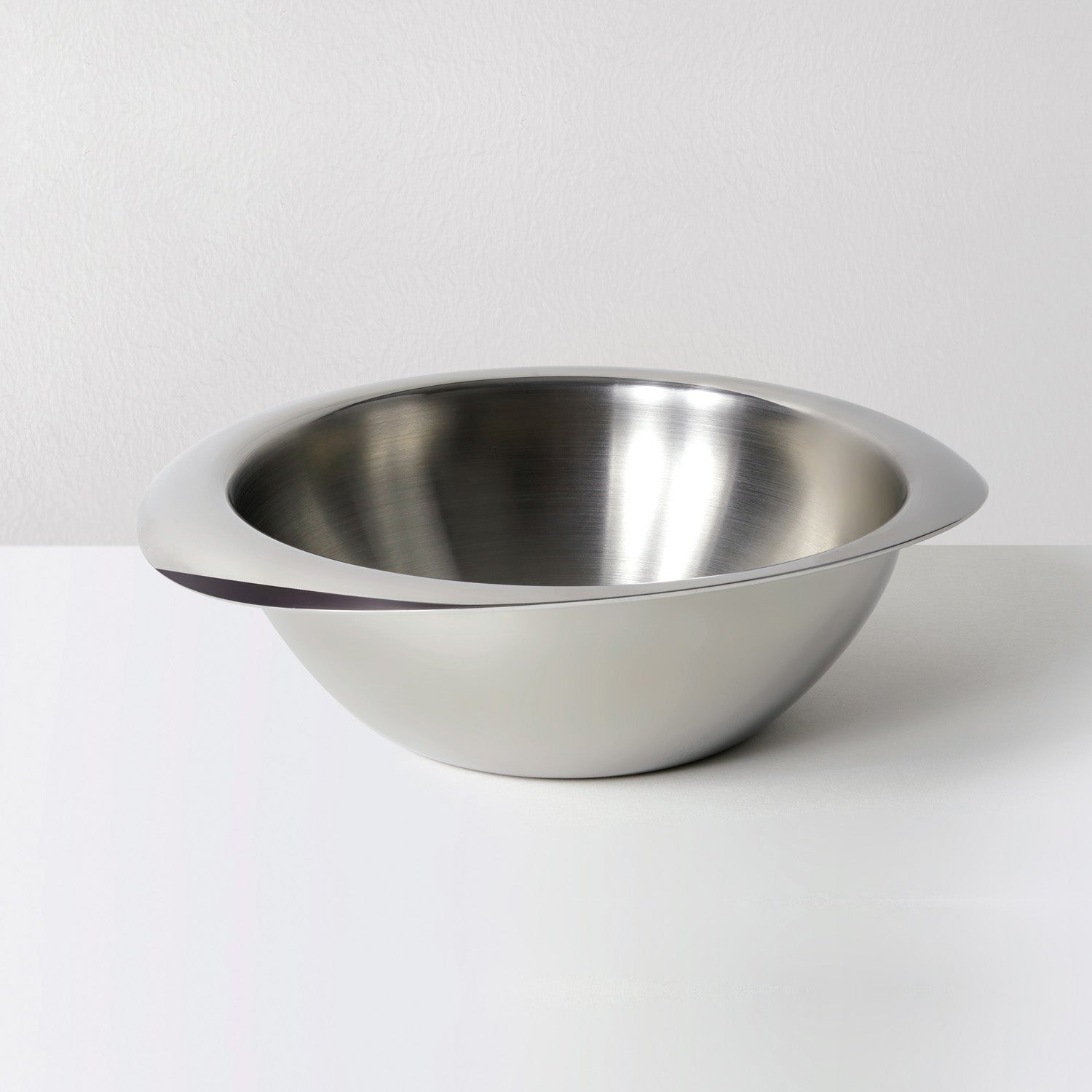




Leave a comment